05 Oct Echinacea Tea 101 – Everything You Need To Know

Freelance Content Creator and Copywriter based in North Wales.
You can usually find me trying new teas and cosying down with a book - or creating content for my own social media!
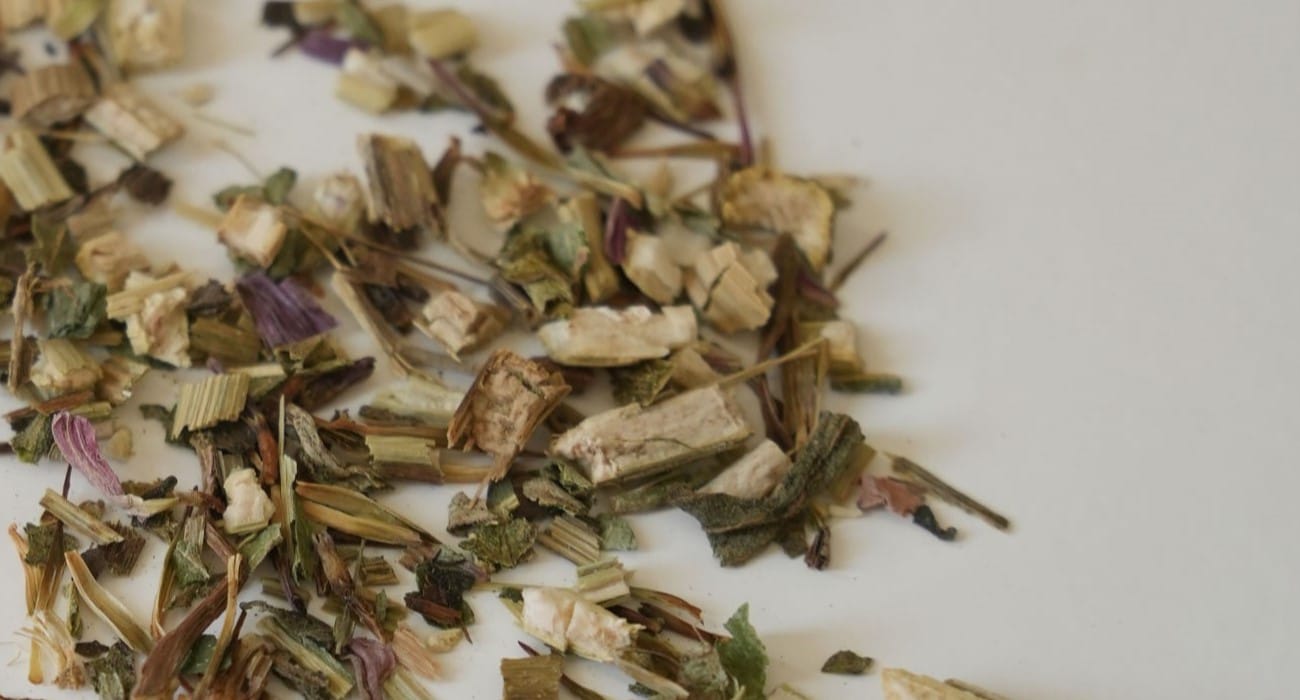
Native to Northern America, echinacea tea has been used for centuries due to its benefits for your immune system as a remedy for cold, flu, inflammation and more.
Used in supplements, oils, herbal remedies and tea, echinacea comes in many varieties and is descended from the Asteraceae family, with three species being used for their flowers and leaves: Echinacea pallia, Echinacea purpurea and Echinacea angustifolia.
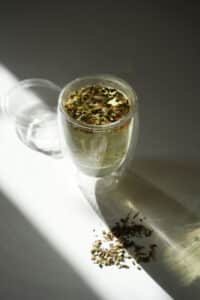
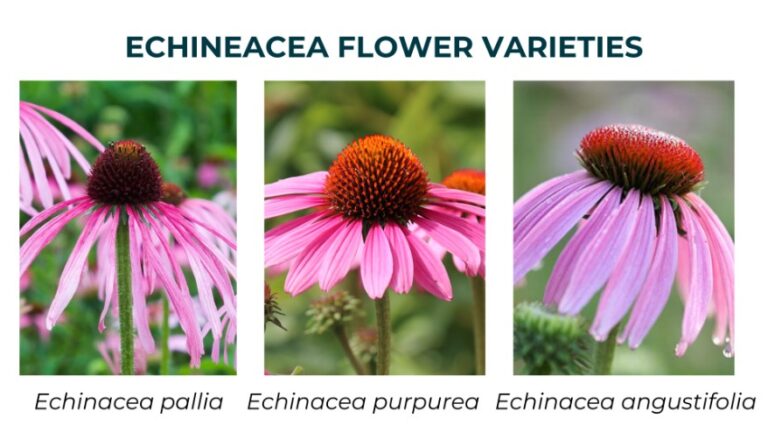
Packed with polysaccharides, glycoproteins, vitamin C, echinacea tea promotes wellbeing, having been used by Native American tribes and Great Plains Indians for generations who revered it as a natural remedy for ear infections and pain.
Archaeological evidence for tribespeople using echinacea for medicine dates back to as far as the 18th century, where it was used externally, however, in modern days it began as a treatment for the common cold around 1880. It was largely promoted for the prevention and treatment of colds, influenza, and sepsis.
Echinacea tea comes from beautiful flowers related to the Asteraceae family, or daisies, so floral notes fill a cup when the flowers brewed – this combined with the the bitter and earthiness of the leaves mellows out the flavours for a more harmonious blend.
Depending on the blend of the flowers and species used, as well as personal preference of course, honey and lemon can be added to sweeten the taste, as well as combining echinacea with other herbs such as mint, lavender or lemongrass for a more complex profile as well as additional health benefits.
Despite the magical flavours and benefits, making echinacea tea doesn’t have to require a cauldron or magic – it’s surprisingly simple, so you can enjoy every sip. Tailoring your brew to your preference is easy enough, and opens you up to a world of possibilities.
Echinacea tea can be made from the tip to the toe of the plant – or should I say the flower to the root. Depending on the flavour and health benefits, either can be used, or combined, but make sure to use high quality loose tea or tea bags for the best flavour.
– A handful of fresh or dried echinacea leaves, root or flowers
– Approximately 250ml water (depending on strength of tea and amount to brew)
– Sweeteners if required

1. Heat water to above boiling using a kettle or stove, before allowing to cool slightly – this ensures that we don’t burn the flowers/leaves and ruin the flavour
2. Place your fresh/dried echinacea if loose tea in a strainer, and then place inside your cup (or tea bag if that is your preference), before adding the water
Hint: If you want to make the process more streamlined, why not use teapro’s mugs and infusers? My personal favourite has to be the ‘Teapro On The Go Loose Leaf Tea Infuser Bottle’!
3. Steep your tea for between 5-15 minutes, with the longer you steep, the more pronounced the taste.
4. Enhance your Echinacea Tea Elixir with sweeteners or other flavours like honey, lemon or mint before savouring your sips!

As the autumn/winter cold begins to settle in, echinacea tea is a good tea to have on hand. The floral tea not only tastes good on your palate, but also helps to promote healing and recovery, especially from the pesky flu.
With a history based on protecting against infections, echinacea tea helps to fight against pathogens and reduces recovery times, acting as an antioxidant, as well as tackling cell damage to delay ageing.
The benefits of using tea against colds and flu can often be controversial, however scientific investigations into the use of echinacea found that it can reduce the probability of catching the common cold by 58%, as well as reducing sickness time by over a day. [1]

Echinacea also contains antibacterial powers, due to compounds found within the leaves of the plant such as caffeic acid. This helps to combat yeast and urinary tract infections, as well as a potential increase in white blood cell counts.
It also may help to treat asthma symptoms and upper respiratory tract infections – often caused by allergies or the common cold, echinacea tea relaxes inflamed muscles in the throat and lungs, improving air flow.
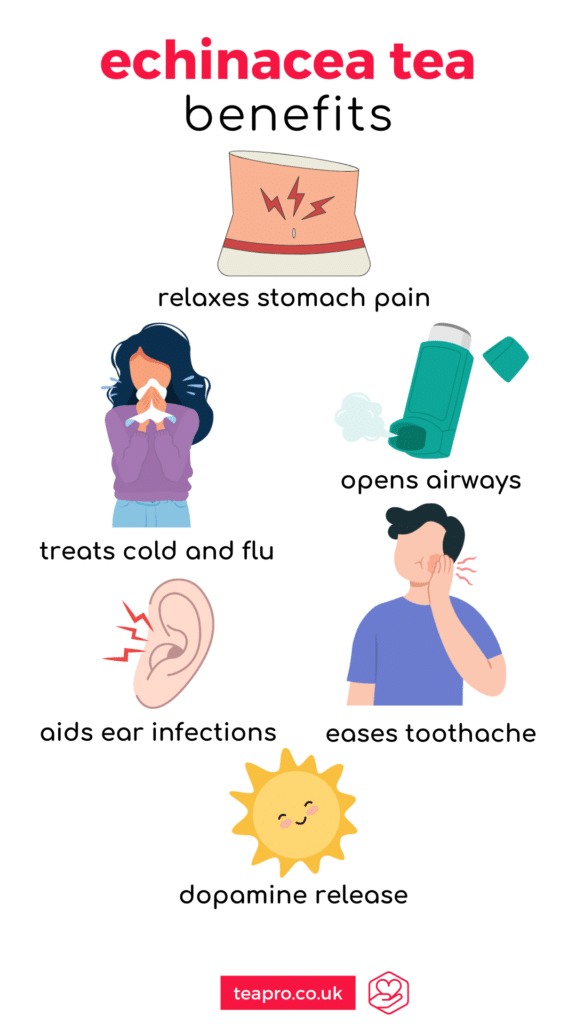
Originally, echinacea roots were used by Native Americans to treat pain, and today is used in herbal medicines for things such as toothaches and arthritis. Because of its versatility, echinacea in tea form can also help to reduce digestive pains including cramps and IBS (irritable bowel syndrome). [2]
As with any cup of tea, a soothing cuppa can increase anyone’s mood. The fragrances released from echinacea tea also help to trigger the release of dopamine, otherwise known as the happiness hormone, and reduces cortisol levels, the stress hormone.
It has also been found that echinacea can influence anxiety, by suppressing excitatory synapses, reducing levels of fear and anxiety through regulation. [3]

Although echinacea tea has been found to be effective for both short and long-term use, side effects can occur, so there are precautions to be taken before consuming.
If you are allergic to echinacea itself, or any plants within the Asteraceae family, it is best to avoid consuming echinacea in tea or any other form. For younger children, this is especially important, due to the increased risk of heightened allergic reactions.
Furthermore, few studies have been done regarding the use of herbal medicine and echinacea tea surrounding pregnancy, so those who are currently trying for a pregnancy, are already pregnant or those nursing should speak to a medical professional before consuming.
Although it can be used for reducing digestive issues, in large quantities echinacea can be found to irritate the stomach lining, leading to cramps, pain and discomfort. Because of this it is best to limit consumption to 3 cups daily maximum, and to remove from your diet if any pain persists.
Note: Always take care to speak to a healthcare professional before using herbal remedies such as echinacea for treatment and pain relief, especially if on other medications or have any health conditions/concerns.

The world of herbal and fruit teas is a large one, and echinacea tea isn’t just a drink – it is a soothing solace that can hasten recovery and protect you as it gets colder. The capabilities are endless, due to its immune-boosting, infection-fighting, mood-improving blend, one cup at a time.
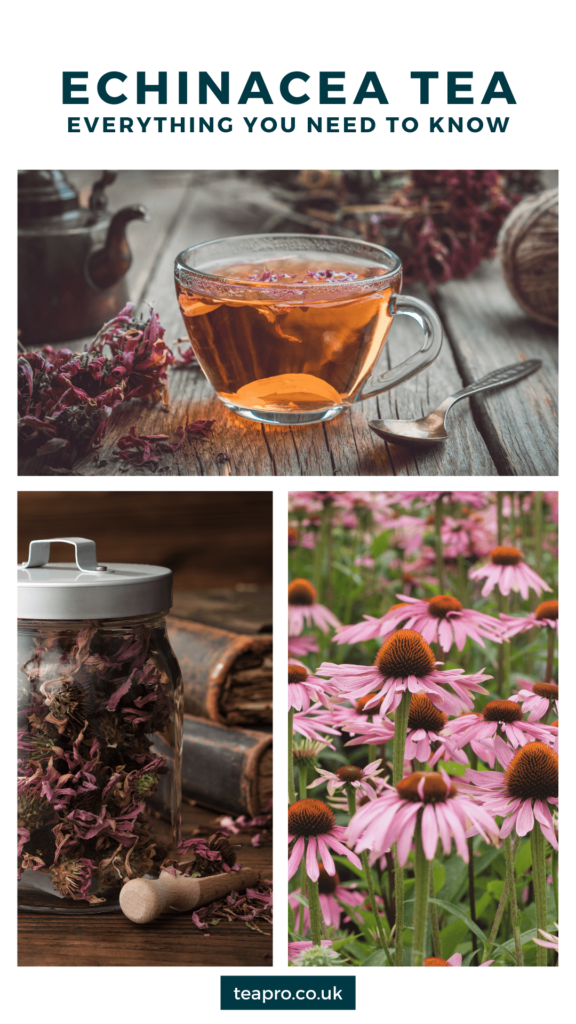
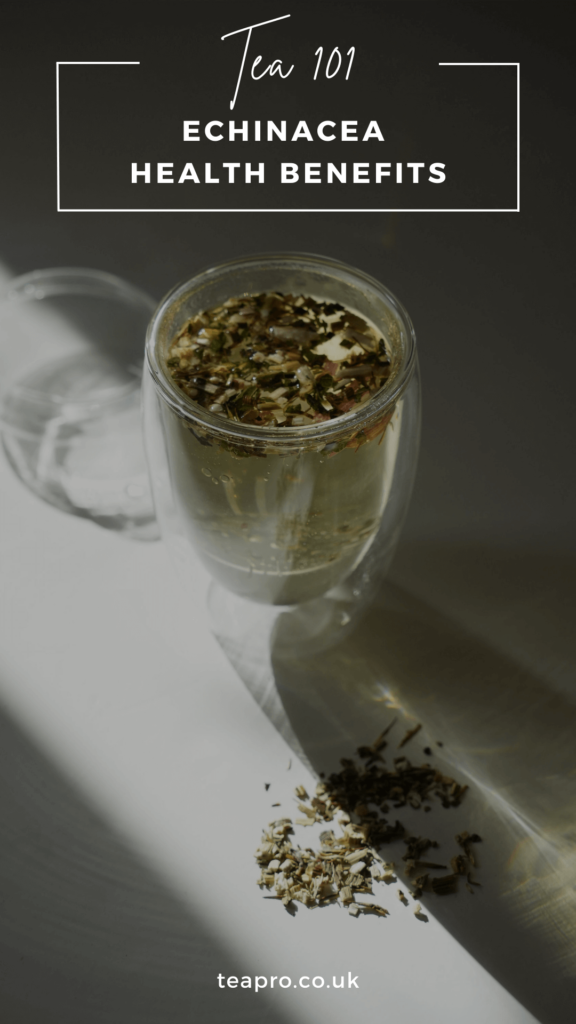
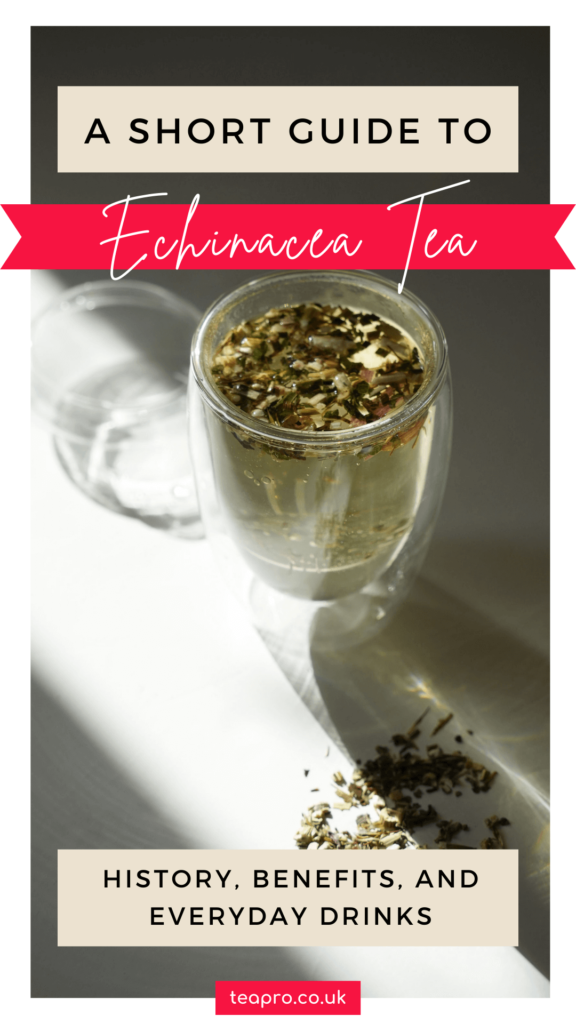

Freelance Content Creator and Copywriter based in North Wales.
You can usually find me trying new teas and cosying down with a book - or creating content for my own social media!

No Comments